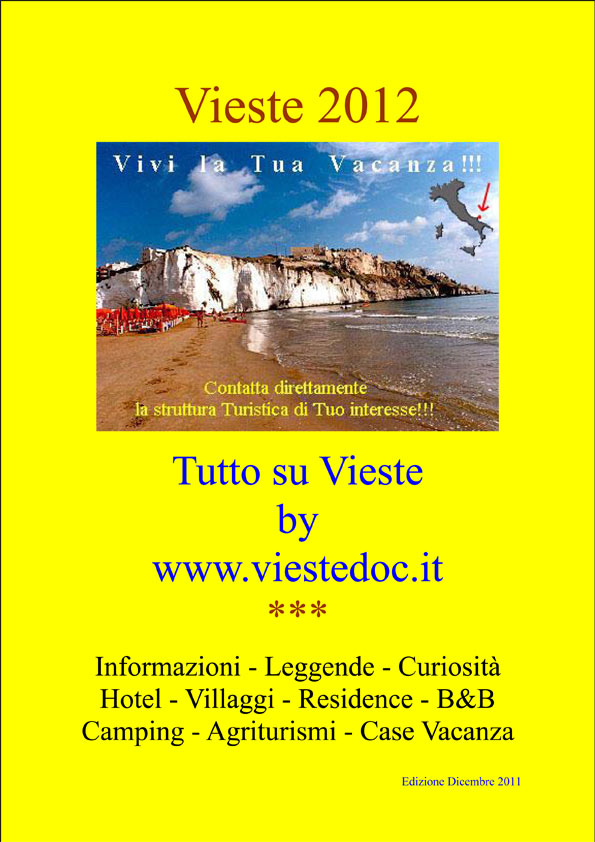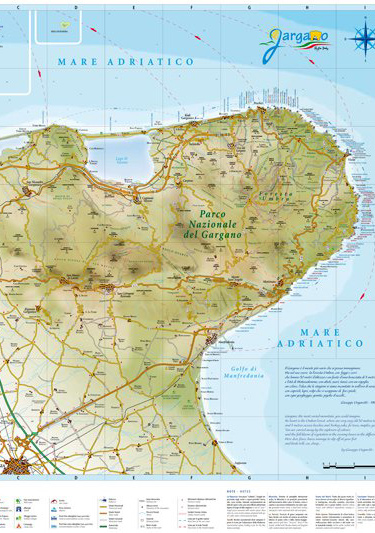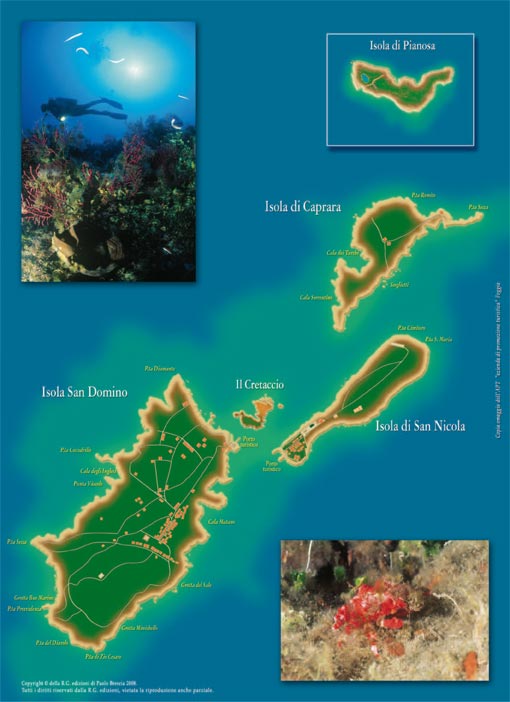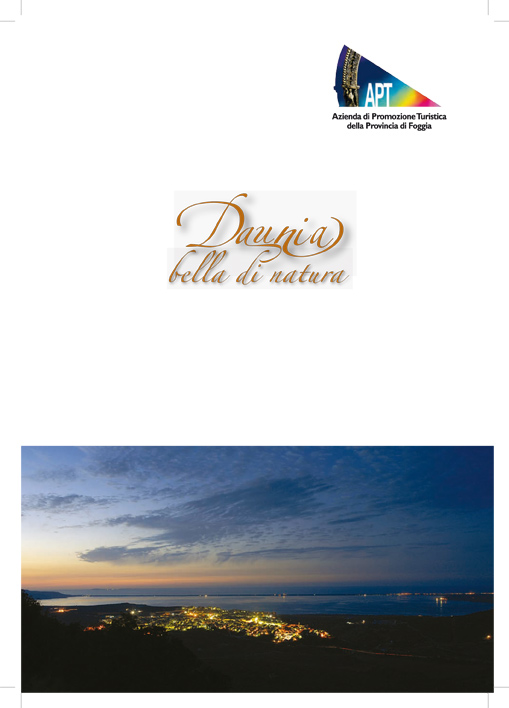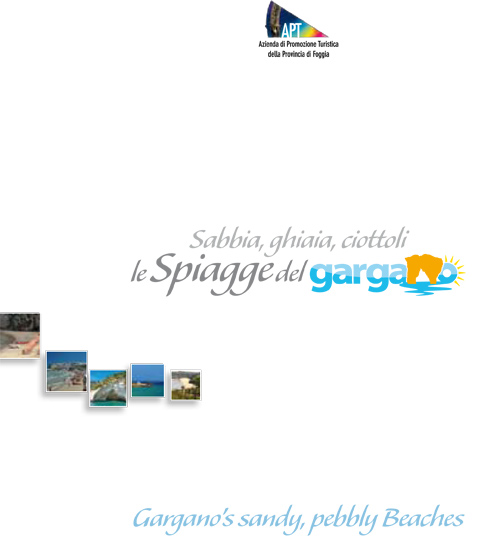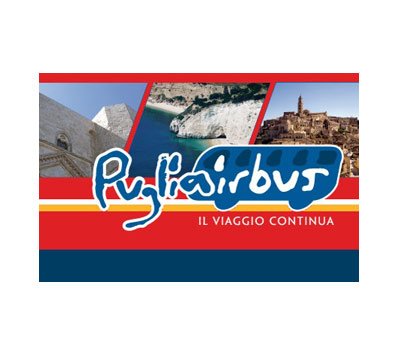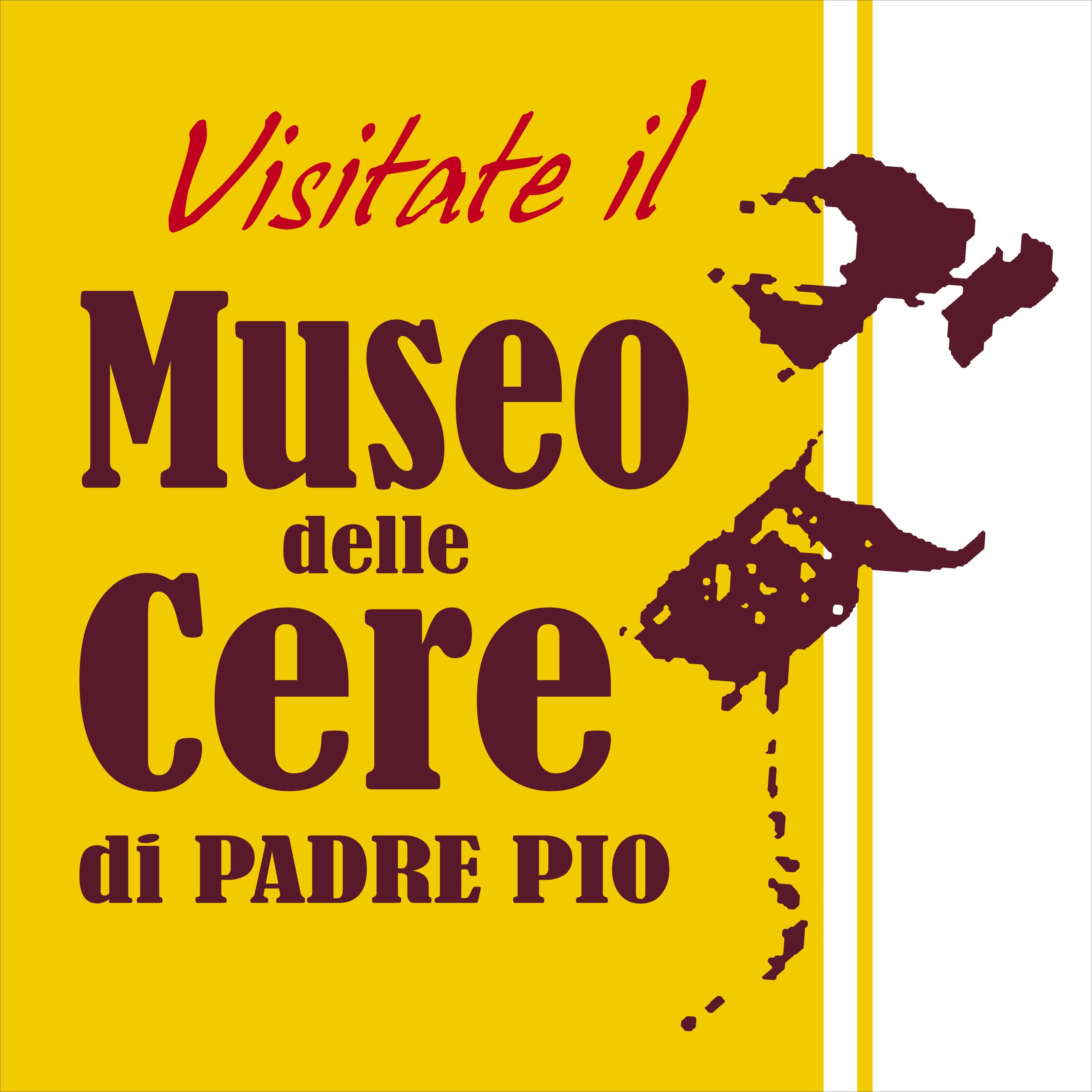
|
chi siamo contatti   
|
||||||||
|
|||||||||
Between East and West: the oranges from Gargano

(Vico del Gargano, Rodi Garganico)
Orange is a fruit native from China where, in 304 A.D., in a book called “Plants of the Southeast region,” the writer Chi-Han tells of the habit of eating citrus fruits, especially sweet orange. Again from of the “dragon country” also came the “Treaty of the orange trees”, the first dedicated to this fruit, written by Han Yanzhi in 1178.
From the country of the Far East, the orange would have been brought to Asia Minor, Egypt and North Africa by the Arabs. It arrived to Europe by the Arabs or, more likely, by Portuguese sailors thanks to the boom in exports which occurred since 1497 with the opening of the Cape of Good Hope. By here, the orange plants would leave China to be brought to the port of Lisbon, from which would be spread throughout Europe.
According to Greek mythology, the dowry of Hera, wife of Zeus, consisted of a few small trees whose fruits were wonderful golden globes that the king of the gods would grown in the garden of the Hesperides. Some scholars, especially recently, have speculated that they might be oranges unlike the most widespread thesis that identifies them as golden apples. In addition, in support of an earlier deployment in Europe, several Latin texts already tell in the first century about a fruit called “melarancia” and they localize its cultivation in Sicily.
Both theories may, however, be true. The cultivation in Sicily since ancient times may have disappeared in the centuries of the Middle Ages and the orange would have been rediscovered by the spread of the Portuguese sailors or Arabs.
Special orange varieties also grow up in Puglia such as of Slow Food Presidium of Gargano. Extended in an area of almost 1,000 hectares between Vico del Gargano, Ischitella and Rodi, the orange trees here are protected by centuries-old oaks and laurel plants. These “gardens” as they are called, are the symbol of the cultural identity of entire towns such as Vico and Ischitella, specialized centers for the cultivation of oranges.
The cultivation systems are made up of zones divided by dry stone walls that create a “terrace” system with lemons grown in the higher areas and oranges in the valleys. Into “gardens” oranges ripen throughout the year, at Christmas the “Durette”, without seeds and with crunchy pulp and in late spring the “Bionde”, juicier.
Their origin is unknown, but it is a very ancient and unique variety of citrus orchards of these areas.
The first historic references on citrus growing in Gargano dates back to 1003 when Prince of Bari Melo sent in Normandy the “pomi citrini” of Gargano, bitter oranges, to show to the Normans the fertility of the area. Then, in the seventeenth century, the towns of Vico del Gargano and Rodi Garganico intensified businesses citrus with Venice and, by the following century, oranges were even become protagonists of a procession that is still held every year in February for Valentine’s Day, patron saint of citrus orchards, during which churches, streets and squares are decorated with oranges of lovers.
During the nineteenth century trade they continued and reputation of the orange of Gargano grew further until in 2001 took place the establishment of the Consortium of “Gargano Citrus fruits” that even with the support of the Ente Parco Nazionale del Gargano has obtained recognition of PGI for citrus and the Slow Food Presidium. A fruit, therefore, that marks trafficking and “mule tracks” of the Mediterranean sea, from the Greek and Arabic East to the Iberian West and which is expressed in a particular variety even in our land, often a protagonist of these routes.
(This is a translation from my article “Arance tra Ponente e Levante” on online newspaper www.cosmopolismedia.it)
Antonio Caso
pugliabanquet.wordpress.com

ASD Nordic Walking Gargano

Tra benessere e natura...
Itinerari ed Escursioni Apricena: Castel PaganoArriva Primavera: Bosco Retrodunale Ramitelli, ChieutiForesta Umbra: itinerario ad anello, Lago D'Umbra-Falascone-Lago D'UmbraIncanti di Luna: Monte Calvo, San Giovanni RotondoLa Costa dei Trabucchi e delle Torri di AvvistamentoLa Via Francigena del Sud: da San Giovanni Rotondo a Monte Sant AngeloLago di Varano: Natura e FedeLe Orchidee Spontanee: Bosco della Difesa, San Marco in LamisPadre Pio e la sua genteSui tratturi del GarganoTour Isole Tremiti (escursione giornaliera)Trekking al Villaggio Antico di PulsanoTrekking Bosco Isola - Lago di LesinaTrekking del GarganoTrekking Emozionale in Foresta UmbraUn Bosco per amico: Bosco di FaetoUn Bosco per Amico: Bosco Spinapulci, San Nicandro Garganico
Download
RUBRICHE News Eventi Sondaggi Link utili
 | disclaimer | Condizioni di vendita
| disclaimer | Condizioni di vendita© destinazionegargano.it Tutti i diritti sono riservati. | Destinazione Gargano sas Partita Iva 03675450716
Powered by Aranea
